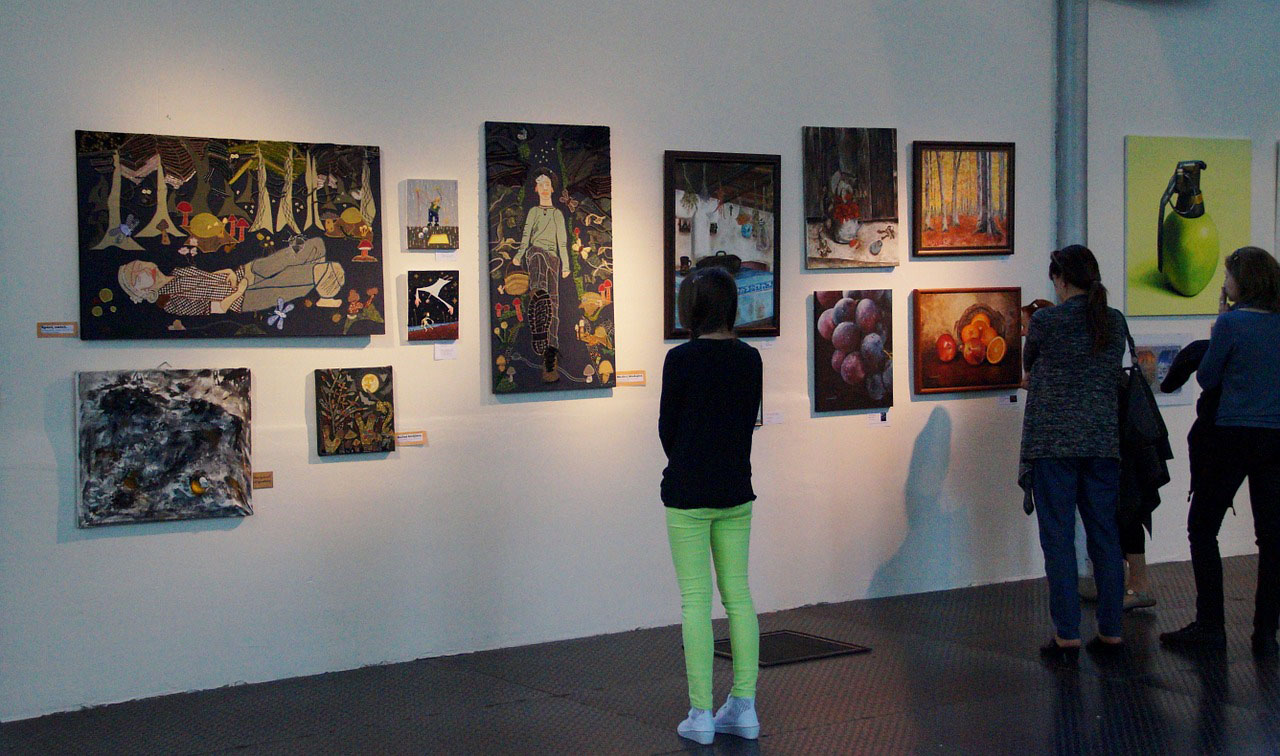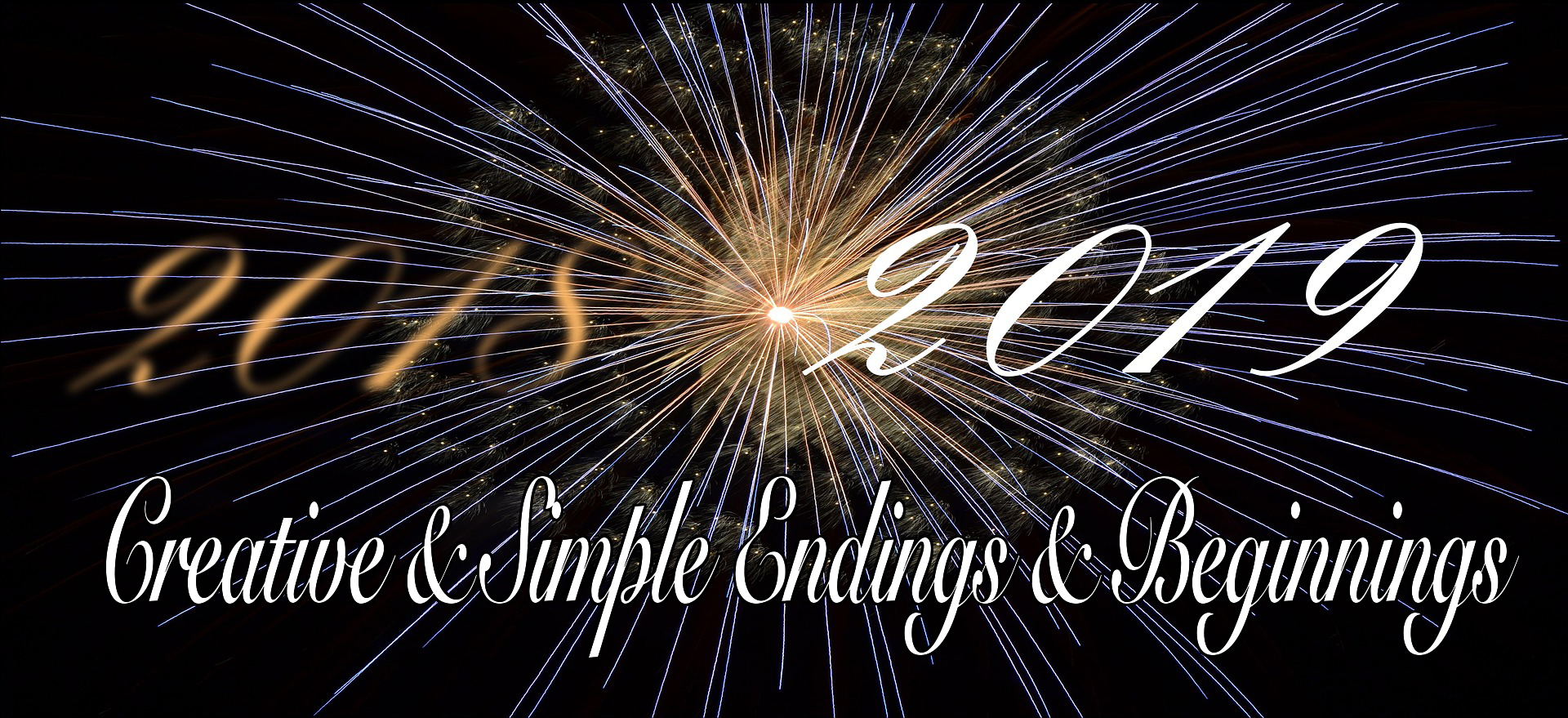OMG … Is Kym going to talk about this? Yep indeed, I am! Now I know that this may be treading on thin ice since most artists and creative don’t like to talk about something as crass and capitalistic as money but pricing our work is one of the topics that seems mysterious and many of my clients get stuck on. So in the spirit of resolving mysteries and un-sticking Artists and Creatives here I go ….
Some of my clients they are new in the world of selling their art and it seems a mystery that they try often solve emotionally vs. from a business perspective. For those that have been successfully selling for a while it may be time to increase their prices and the whole process somehow becomes a mystery again.
Indeed there is an actual Art to pricing art whether you paint, sculpt, chisel or photograph … no matter what medium you use. You can spend as much time trying to figure out how to price that finished piece as you took to make it. Bottom line is that there are many different pieces that can be included in pricing and a multitude of ways to go about it.
There are books written on pricing art, workshops given on it and even apps to assist with it. I personally do not think there is a “right” way to do it but there are some basics to consider and some things you want to make sure you avoid doing. I am going to give you what I think those basics are here but ultimately you will need to decide based on your particular personality and what resonates with you best.
So here we go with the foundations of the pricing game:
- Please do not price your work based on your emotions or your attachment to your work. If you are really attached to a piece of your art, then keep it. This is easy to have happen, particularly at the beginning of your career … just put it aside and keep creating. As you build a bigger portfolio it will be easier to let go. Pricing emotionally just won’t serve a purpose for you if you really want to make money off your art. I have watched really good artists price their work way too high just because they are attached to a piece/s (perhaps a great sabotage move so it doesn’t sell … smile) only to kill the whole rest of their pricing strategy.
- Be willing to assess where you are in your art career. Just beginning? Been selling some? Successfully selling for years? Really get clear about your level of recognition, achievement, reputation and experience. Remember that this is not a value judgment – it doesn’t mean your work is necessarily inferior you simply may need to create a track record to set higher prices.
- Where you are in comparison to other artists in the market? I know we don’t like to think in terms of our competition but truth is we have it to contend with. All artists are competing for buyers. You don’t want to let overpricing be the reason someone does not buy your art and under pricing may create the same outcome.
- Research the pricing of those with similar experience levels, accomplishments and quality of work and those who sell through similar venues you want to use (those who may be in your geographical area if you want to sell locally or online if you intend to sell on-line)
- Research those who work with your medium but also look at the overall market. Buyers are smarter than they ever were – they compare, they read the tons of information that is readily available to them and they are not always attached to a particular medium.
- When doing your research look for what was sold vs. what is still there – what is there may be there because it is just not priced well.
- Start reasonably and build upward vs. starting too high and then feeling like you need to drop your prices. Your pricing gets to change over time but leave some room to grow – it is always much better to raise your prices than to lower them. Some artists overprice their work in order to impress buyers in hopes that it will make their work look more valuable. Knowledgeable collectors/buyers are not that naive.
- Avoid undercharging – for most of us overcharging is not the problem – it is undercharging. I have worked with artists that don’t even charge enough to cover their actual costs. It does nothing for you and it does nothing for the art market and other artists as a whole.
There is a happy balanced price for you that will resonate with you. Ready to get down to some strategies? Here are a few – please note that for different mediums these may not all apply so you will need to work with your medium in an equivalent way:
Price by size – by square inch (square meters) or linear inch (linear meter). I prefer the linear approach since it more evenly spaces the prices and just seems to make more sense to me but the choice is, of course, yours. You will need, in this case to determine how much per inch (meter) you will charge – this may be where all of your research comes in. It works like this (I have used a small 4×4 inch piece as an example and you can do the math with other sizes):
Square inches – 4×4 = 16 square inches x 2.5 = $40 (the 2.5 = $2.50 per square inch)
Linear inches – 4+4 = 8 linear inches x 20 = $160 (the 20 = $20.00 per linear inch)
Price by costs x 2 – Add up all the materials for the piece (for example: canvas, frame, paints, brushes, photo paper, mat, glass, framing supplies, printing supplies, stone (in the case of sculpting), etc.). If you intend to sell in galleries or through art consultants then you want to make sure you calculate in a commission (50% is usual).
You can also also add up overhead costs that you incur besides the direct materials such as studio rental, kiln, editing software, or photo lab rental, etc. and divide that down to a per minute basis so you can include it. Multiply this cost by two to cover anything you may have missed. This may be a great way to get started and make sure that you at least cover your costs. You can always mark this up by a % over that in order to assure profits.
Price by time spent – determine what you want you hourly wage to be – this is best for those who have been at it for a while because at the beginning it may take longer and it makes no sense for the buyer to pay for your learning process. This requires that you track your time until you can come up with averages.
Price by a combination – here is where you can utilize a few of the above such as:
Costs + Hours
Add your cost of materials + your hourly rate x hours spent creating the art. For example, if the cost of materials is $25, your hourly rate is $20, and you spent 20 hours creating your art, then your art would be priced at $25 + ($20 x 20) = $425.
Costs + Size
Add your Add your cost of materials + your size calculations. For example, if the cost of materials is $25 and the size of your work is 16×16 and you utilize the linear approach then your art would be priced at 16+16 = 32 x $10 = $320 + $25 = $345.
Earlier I said different mediums may have other strategies so I want to address that for a moment so you make sure you take this into consideration. For example as a photographer you may want to price on the expected sales volume since you can make multiples of any one image. You basically want to decide if you want to sell low price and high volume or high price and low volume. You can also create a wholesale price and a retail price (whole sale x 2) depending on where and how you choose to sell. Options are endless.
Now all of this will require you to do a little research, measuring, calculating and tracking. So be it. Once you have done the original calculations and played with it some you will come up with the method that works best for you. Not only that but you will begin to “know” how long things take, and what materials cost more precisely, etc.
Once you have determined what method is more comfortable for you: Stay consistent. Buyers will ask how you priced your work – staying consistent prevents you from seeming random and confused and the buyer feeling ripped off and confused. Buyers want straightforward and clear or they will buy elsewhere. Most successful artists are very clear about their prices and how they derived them.
Also in the world of consistency – keep each piece consistent wherever you are selling them. This means no matter where it is exhibited or advertised such as on-line in a gallery or even in your studio. This will keep you out of a lot of messes and keep your reputation stellar. I can’t emphasis this rule enough. I have seen artists removed from galleries and lose valuable collectors by selling their work for lower prices in other places.
If you’re just starting out and haven’t sold much, pricing your work based on time, labor and cost of materials is often the best way to go. Once you are an established artist your track record will allow you more flexibility and to be able to factor that reputation into your prices. Keep track of your sales … that is how you build justification for your next price increase.
If you want to appeal to people at various price ranges then look at developing work in various price ranges (different sizes, etc.) vs. lowering your prices, so that there is something for everyone. Someone who buys a smaller piece today may be buying larger pieces tomorrow.
What about raising your prices? That comes with time. As you become more experienced, your work develops and you accomplish and sell more you will begin to get recognition and it will be time to raise your prices.
A general rule is you can raise your rates when you have been selling consistently at your current rate for 6 months to a year. What is consistent in this case? Consistent sales looks like you are selling about ½ of what you produce within about 6 months of producing it. A sure fire way to know it is time to raise your prices is when you can’t keep any work in inventory. Another less tangible hint might be if you begin to feel devalued and start to feel upset, devalued or resentful with your clients or customers. You need a good sense of self to check in with about this, however.
A good guide is then to raise them between 5% – 20%. Why such a wide range? That has to do with your level of experience again. For your first raise in prices it may be 5% but as your reputation, reputation and accomplishments build you can apply higher percentages. Just like you would with any products you want to make sure you are able to justify all increases with facts (remember that is why you were tracking your sales).
OK so now … just to be REAL … these are all just guidelines. You, can use part of it or none of it and you can customize it. I even know many intuitive based artists who actually derive their prices from their Higher Source and have been very successful. But for those of you who have not fine-tuned your intuitive skills I hope this helps you to have a base to work with so you can take the mystery out and gain confidence in your pricing
Speaking of confidence … my final recommendation is that you set your prices and then stop second-guessing yourself. Allow yourself to be confident in them. NO apologizing and NO defending. Next time you are asked how you priced your work simply state it and then allow yourself to be quiet and let the buyer decide. If they buy it then you know it was priced right for him or her. If they don’t buy it then it may be for the next person.
So now … ready to get busy creating your pricing strategy?
I’d love to hear from you about your thoughts on what I have given you and for those of you who have other great pricing strategies please feel free to share them …







Hy Kym
i’m Paolo Scarpa from Venice, Italy
i’d try to understand what you wrote because i don’t speak english too much…
but i’d find it very interesting and useful.
thanks a lot.
Paolo
Paolo – Thank you so much so reading & commenting … I also so appreciate you working with the English (I bet you speak & understand English much better than I do Italian … you write it really well)! I hope the post makes a difference for you & if you have any questions don’t hesitate to ask me.
Great info Kym. Where I’m somewhat fuzzy about pricing is material costs. Do I add the cost of each individual tube of paint and brushes that I use in the commission of the work since brands vary? Maybe you could give me an example. Thanks
Mike – Thank you for asking! It becomes a little interesting to work it out at first but I use an average. So for example I may use 5 brushes different quality brushes on a painting & I may use a multitude of paint colors with varying prices – same with any linseeed oil, some medium, etc.
Instead of trying to figure out how many hairs on my brush I may have used/damaged or how many drops of paint from each tube I will just use a number that stays pretty consistent. In that number I have the price of 1 high quality brush & 1 large tube of the highest quality paint I am using. I also have in this number a portion of thinner & medium. I utilize that same calculation in most works of the same size as it all averages out over time.
I will expand that number if it is a really big piece. I also may expand it if I am using techniques that utilizes a lot more paint, etc. Next few times you work just take note of what you utilize and you will get a ball park idea.
I hope this helps. It is not so much about getting it completely exact but more about including a fixed cost that is sufficient for materials that you will need to replace.
Feel free to ask any more questions anytime. 🙂
I enjoyed the post, its really informative, it open my mind as an artist to pricing my works with the idea of time, labour and materials used. Thanks for sharing.
Eghosa – Thank you so much for taking the time to let me know that the pricing suggestions opened your mind to new ways of pricing! I wish you the best with it … if you start with these basics then you will find a way that works best for you.
I was a curator at an upscale coffee shop in an historic district called Cafe Monet between 1998-2003. Every month I featured 3 artists, each had their own wall. The gallery had very robust sales because the artists were from professionals or very skilled mid-level.
The coffee shop closed because the 2 coffee shop owners did not have the same dedication to the business. Presentation is EVERYTHING! The business was robust for art the entire time I worked as their curator. The owners were asked to franchise their shop and take it other wealthy small towns in the region. This was a fabulous concept for artists. I was able to educate the buyer with hand painted tables featuring a great artist and provide small plaques what art concepts made that style. Their art had a mounted written placard with bit on of info about the painting apart from price. That mounted placard was designed piece better than New York’s Soho galleries produce for their artists. Even the table number placards had art of the cafe and the customers in the cafe. There was a guest book where patron got to comment on the shows and there was another book that featured the bios of the artists who had show at cafe Monet and a schedule of upcoming art shows with the names of the artists. It was fun and profitable work.
What I discovered is the $250 price tag was an easy selling price. It did not matter of it was a print or an original. Everything above that took longer to sale. I believe this magic price reflected the consumer pocket money in that region. I live in a different region now that does not reflect that affluence.
Judy – First I want to just commend you on your absolute care & attention to detail! It is obvious in all that you have said (& in your art which I loved even though I know nothing about baseball 🙂 ) I agree about the importance of Presentation! Thank you so much for sharing your pricing discovery. You have hit on a very key point about the “consumer pocket money” in any particular area/region. Big thing for Artists to be aware of if they are focused in a particular local or geographical area. Hopefully any artists who read this blog will see this and take it into account and find their own “magic price”! Great contribution!
I’ve been really struggling with this issue. As an artist who’s been in the market for 30 years I’ve gone through some serious ups and downs in the economy. A resession is a game changer. I have also sold to collectors in different countries. Because of that I have tried to be very consistent with my pricing and I’ve always gone with the price per square inch. My paintings are all large and that matters too because of cost of shipping, etc. Prior to the stock market killing sales I was pricing at $2.00 a square inch. I’ve needed to lower my prices considerably because I do want to sell them. I feel badly because collectors of the past don’t take that kindly, but sales as they are now, all I can say is a girls got to make a living. A very small percentage of artists out there say the economy hasn’t hurt their sales. Congratulations to them, but the rest of us have been hit hard.
Also
Peggy – I am certain you have looked at this from all kinds of angles before reducing your prices (like making some smaller paintings that will attract a different financial market, etc.). You are correct … sometimes a Grrl has to do what Grrl Has to do! Your work is amazing … I am glad that you have found a way to still get it out in the world. Sometimes that is simply all that matters. Thank you for sharing with me/us what has worked for you. I am sure that a lot of artists are faced with the same decision and this will help them to move through it.
Great advice here Kym, I actually did it backwards – I set a price that I felt I needed to charge for one of my new pieces. Then I calculated the Costs + Hours and the Costs + Size method. and they both fell into the same amount as my initial price.
That is because, Dear Sonya, you are magical! AND you know!!!! Doesn’t it feel know to know you are synced up with what needs to be done already?